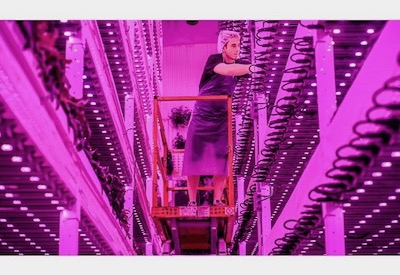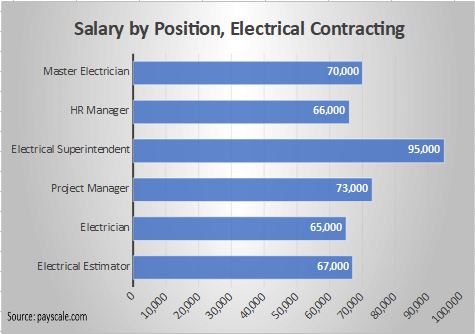Case Study: Centre Block Rehabilitation

February 16, 2022
The Centre Block at Parliament Hill is an iconic national symbol of Canada and the home of Canada’s Parliament. The Centre Block Rehabilitation will modernize the century-old building for future generations while preserving its heritage as the heart of Canadian democracy.
TWZ Group is the electrical contractor responsible for the temporary lighting on this complex restoration
project. TWZ Group Inc is a consortium of three electrical contractors, Ziebarth Electric, Wired Synergy and Toban Electric.
Committed to environmental sustainability and ensuring the best value for Canadians possible, the project team adopted LED Jobsite lighting throughout the project.
When compared to traditional bulb-based temporary lighting, LED Jobsite lighting reduces energy consumption by 65%. The project team is reducing the electrical consumption even further by implementing strict timing protocols to ensure non-essential lighting is turned off overnight.
Over the service-life of the lights, the energy usage is projected to be reduced by over 5.5 million kilowatt hours, which is equal to powering more than 2,700 homes per year.
The CO2 emissions will be reduced by more than 4,000 metric tons and is equivalent to removing 1,243 cars from the road.

LED Jobsite lights require significantly less circuits, less maintenance, and are easier to install, relocate and uninstall. During the start of the restoration, the project team appreciated being able to increase efficiency while reducing the project’s carbon footprint.

ON THE JOBSITE:
WASTE DIVERTED
An added environmental benefit is the significant amount of waste diverted from landfills because LED
Jobsite lights are a reusable asset and the modular cords are field serviceable. Also, CFL bulbs contain mercury and are considered hazardous waste. When moving to LED lights harmful toxins are no longer an issue.
FLEXIBILITY AND VERSATILITY
Centre Block is one of the most important buildings in Canada and the protection of its many heritage components is a critical concern for the construction team.
With a project of such complexity and scale, using a modular daisy-chain verses traditional cumbersome stringlights provides a greater level of flexibility to light the project.
LED Jobsite lights have enabled the project to hang less temporary lights, use less installation points, less circuits and less energy, all while also illuminating more space.










![Guide to the Canadian Electrical Code, Part 1[i], 26th Edition – A Road Map: Section 10 – Grounding and Bonding](https://electricalindustry.ca/wp-content/uploads/2022/11/Guide-CE-Code-2.png)





